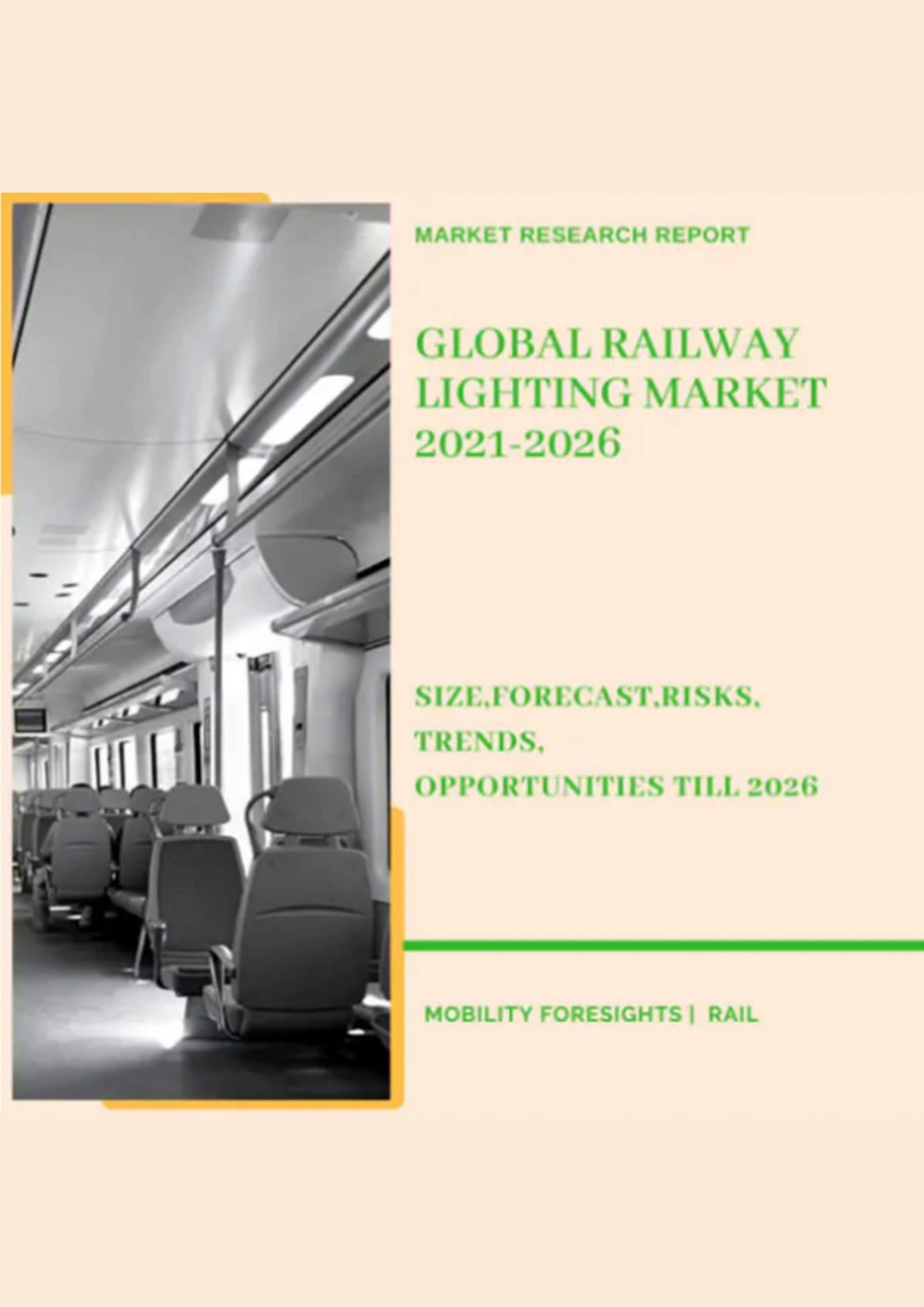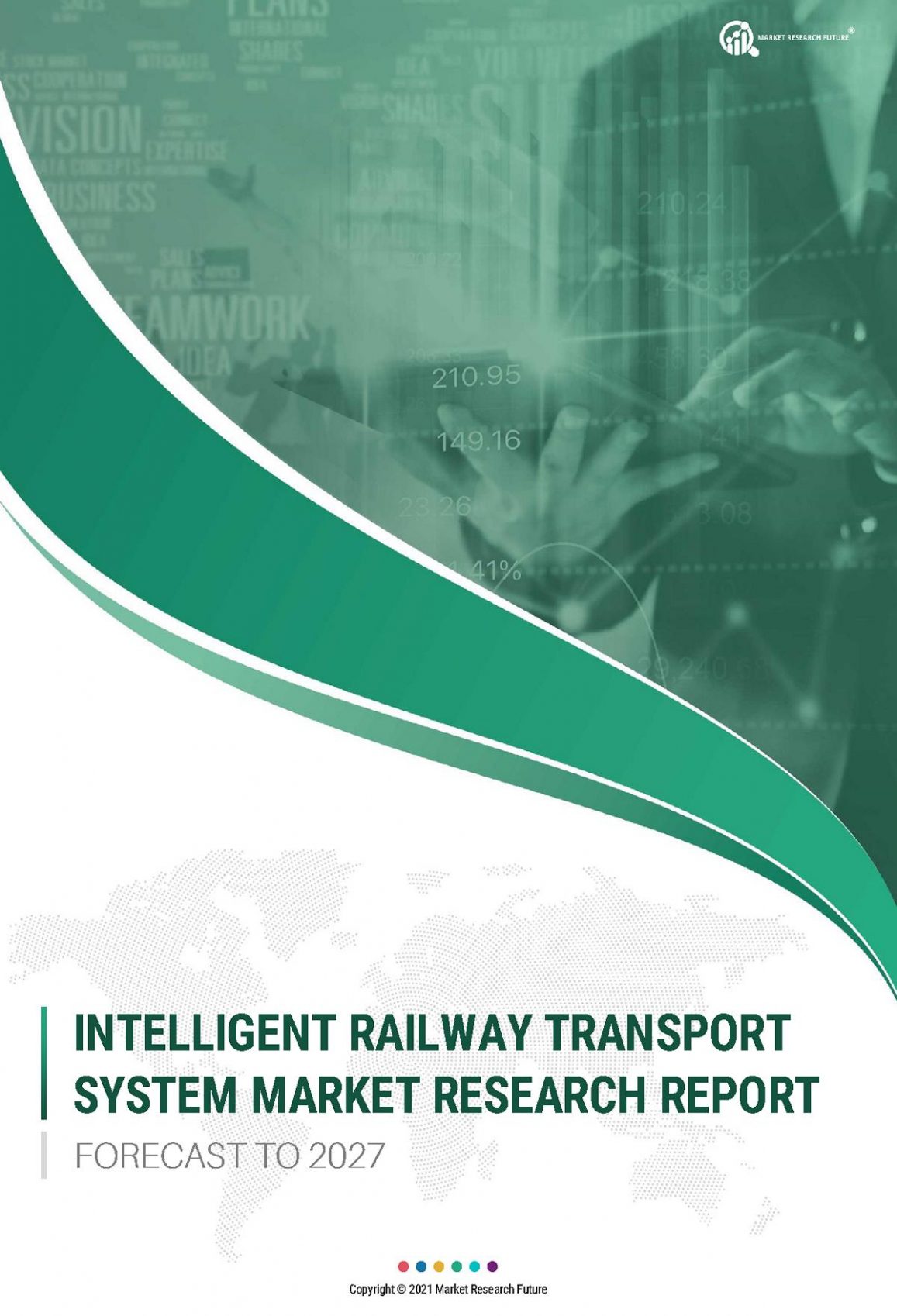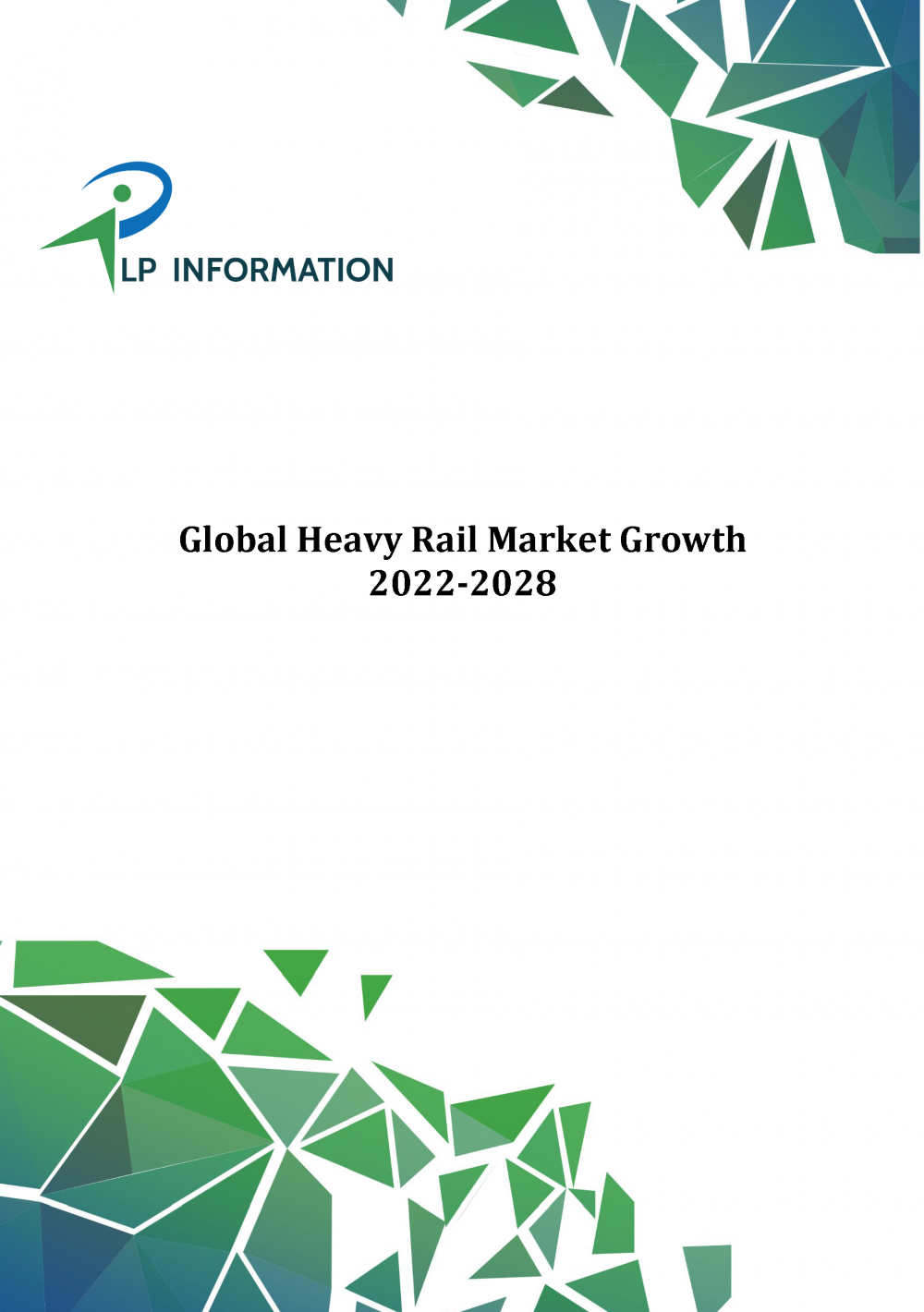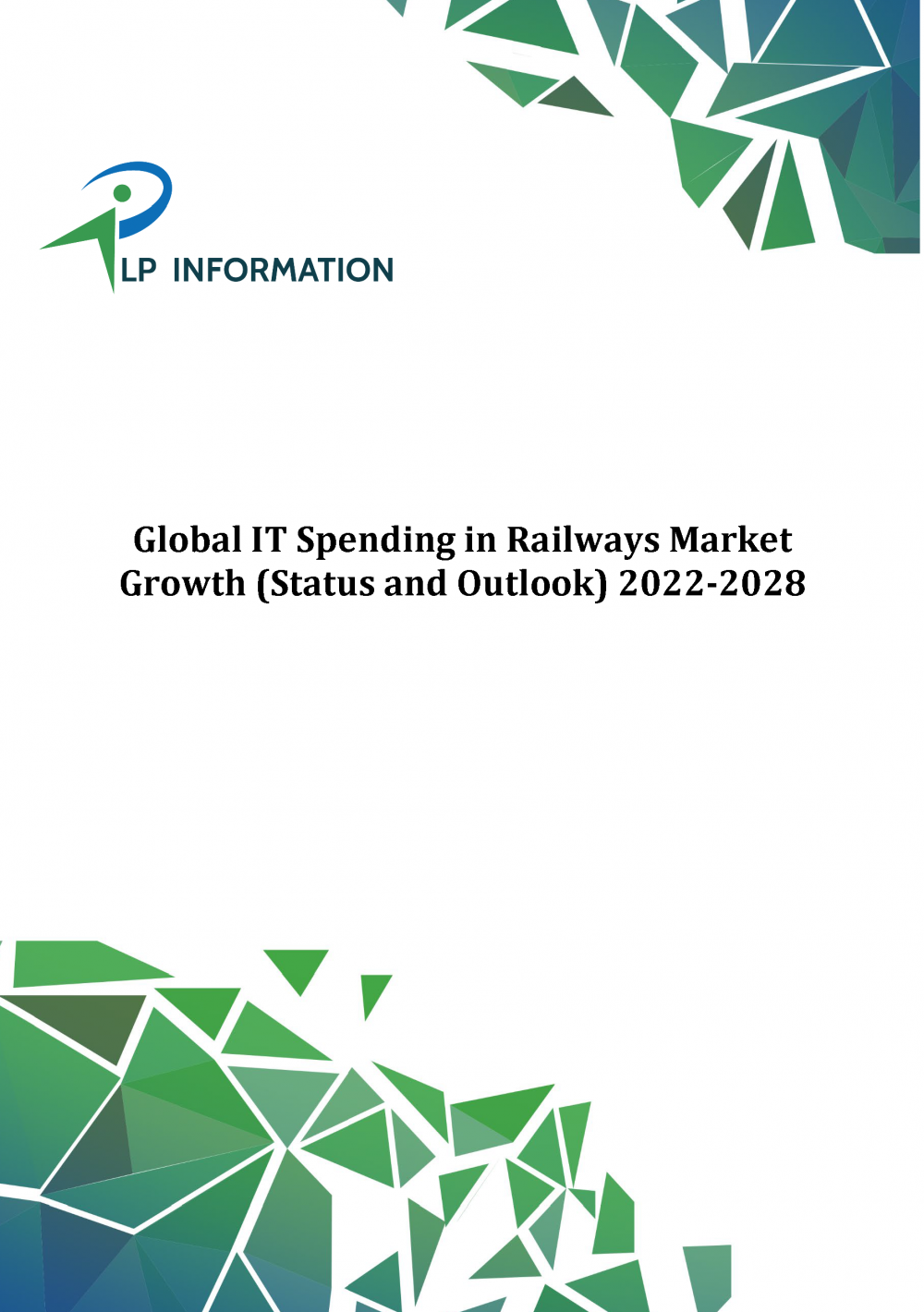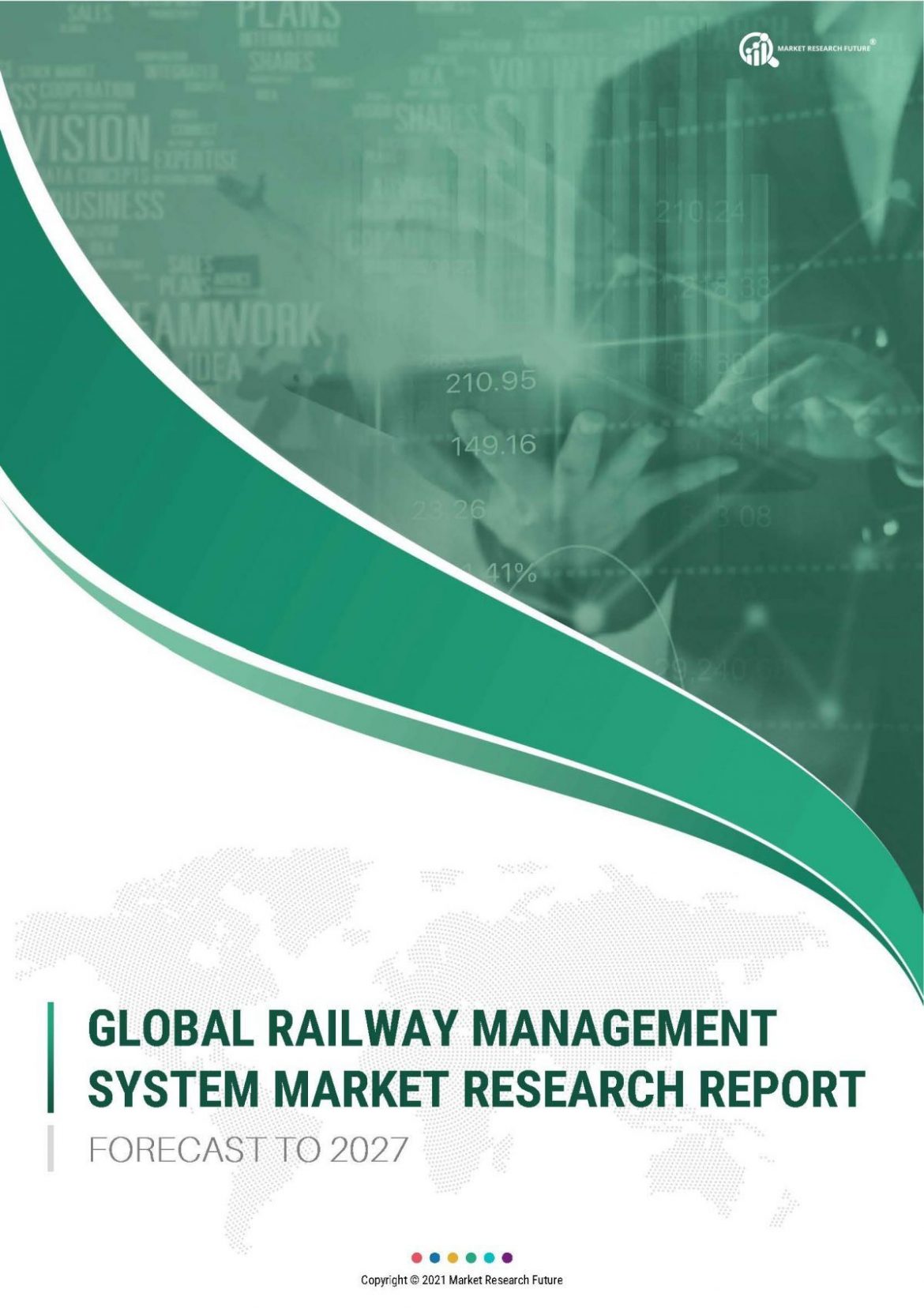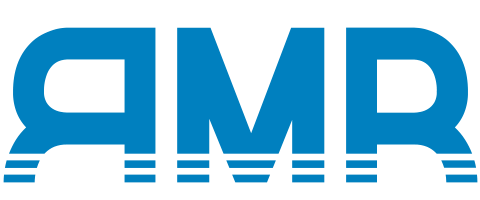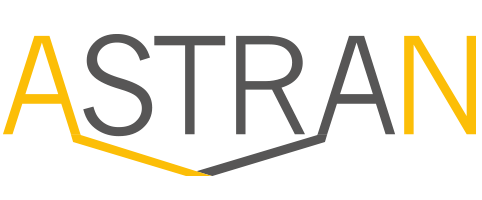Description
INTRODUCTION – Global Railway Lighting Market 2021-2026
Train lighting is an important passenger amenity that contributes to passenger comfort. It comes in a variety of forms, including halogen, LED, and fluorescent.
It is often utilised inside trains for a variety of purposes including interior coaches, cabins, finding track routes, and so on. The power supply system of the SG coach comprises an underslung alternator that is powered by the coach’s driving axles via the coach’s belt.
RRU regulates the alternator voltage, which varies with train speed, and converts it to 110-volt DC, which is then used to charge the battery.
A 110-volt DC battery powers the coach’s electrical load. Local and protracted railway stations connect people. They must not only serve as rest stations, but also allow travellers to find their way about efficiently and safely.
Platforms, circulation areas, and railway station architecture must all be appropriately lighted. For this aim, luminaires must meet two essential requirements: first, maximum resistance to environmental variables such as heat, cold, and moisture for extraordinary resilience in continuous operation.
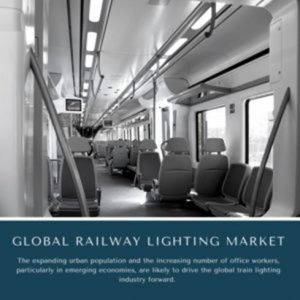
Railway station luminaires must provide a wide range of design options for holistic lighting systems while also offering a high level of visual comfort.
These specifications are met by ERCO luminaires. LED lights are in high demand in high-speed trains, metro trains, and special trains due to their low power consumption, functioning as a market driver.
A train is designed, manufactured, and furnished with numerous batteries that power lights both inside and outside the vehicle.
GLOBAL RAILWAY LIGHTING MARKET DEVELOPMENTS AND INNOVATIONS
| S No | Overview of Development | Development Detailing | Region of Development | Possible Future Outcomes |
| 1 | DMRC in India introduces new LED lighting system at 155 locations | The Delhi Metro Rail Corporation (DMRC) in India is replacing the existing conventional lights with LED lights at 155 locations, including Metro stations, depots, and parking facilities. This upgrade is aimed at offering a better lighting experience and saving energy. To date, DMRC has deployed nearly 100,000 LED lights at these locations, covering 75% of the upgrade drive. | India | This would enhance better innovations |
GLOBAL RAILWAY LIGHTING MARKET DYNAMICS
The expanding urban population and the increasing number of office workers, particularly in emerging economies, are likely to drive the global train lighting industry forward.
Railways are a vital component of the worldwide public transportation system and are projected to play an important role in the future as population density, urbanisation, and changing travel preferences rise.
The Rail Lighting Market is seeing rapid growth as a consequence of urbanisation and government initiatives to improve public transportation infrastructure.
Furthermore, due to their low power consumption, LED lighting is becoming increasingly popular in metro trains and high-speed trains, necessitating expansion concerns.
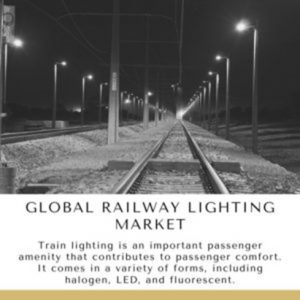
Furthermore, the growing desire for a pleasant and stylish ride contributes to market growth. However, an insufficient supply of rolling stock is expected to hinder development.
In recent years, smart railway stations have popped up in a number of countries. Governments are focusing on modernising rail transportation hubs in order to improve the appeal of railway stations.
In India, for example, the Ministry of Railways and the Ministry of Urban Development have worked together to achieve this same smart city mission, whereas in Spain, the International.
Furthermore, the expensive expense of producing train lighting is a barrier restricting the industry’s expansion. Rising economies and technological developments in railroad infrastructure, on the other hand,
GLOBAL RAILWAY LIGHTING MARKET SEGMENTATION
The Global Railway Lighting Market can be segmented into following categories for further analysis.
By Rail Technology
-
- Fluorescent
- Halogen
- LED
By Product Classification Usage
-
- Inter City Line
- Inter Connecting Cities Line
By Rolling Stock
-
- DMU
- EMU
- Metros
- Light Rail
- Passenger
By Power Rating
-
- General Rating
- High Beam Rating
- Low Beam Rating
- Spread based Rating
By Construction
-
- New Placement
- Upgradation
- Maintenance and Repair
By Regional Classification
-
- Asia Pacific Region – APAC
- Middle East and Gulf Region
- Africa Region
- North America Region
- Europe Region
- Latin America and Caribbean Region
RECENT TECHNOLOGICAL TRENDS IN GLOBAL RAILWAY LIGHTING MARKET
Train lighting serves a range of purposes in both internal and external applications, including cabin interior illumination and track path assessment.
LED lights are in high demand in high-speed trains, metro trains, and special trains due to their low power consumption, functioning as a market driver.
The most recent technological advancements are centered on the creation of automated lighting systems. Automatic Coach Lighting Strips light up coaches and other vehicles. They are self-contained and easy to install, as they do not require any connections, switches, or pickups.
Each simple-to-install lighting strip is completely self-contained, with a built-in battery and five efficient LED lamps that truly highlight everything from the tiniest component within the manufacturing plant to the most complicated machinery.
The lights stay on while the train is moving and then switch off for a few minutes after it comes to a halt, so that brief pauses at stations or signals illuminate the coach.
Other light-based advantages include the use of cutting-edge lighting technologies such as Light Emitting Diodes (LEDs), High Intensity Discharge (HID), and long-life, high-performance halogen lights.
A completely integrated external lighting system that includes all light units, power sources, and control and monitoring capabilities for faster installation and better operating performance.
RAILWAY LIGHTING MARKET COMPETITIVE LANDSCAPE
Railway illumination is about more than simply light quality; it is also about minimising unplanned maintenance delays. As a result, higher-quality illumination and high-performance train lights are necessary.LED solutions from AAA-smart LUX are an excellent alternative for train lighting.
Furthermore, governments in urban economies are focusing on investing vast quantities of money to promote the construction of large-scale transportation infrastructure, such as high-speed railroads and bullet trains, in order to increase passenger transit. Government investments in railroads will directly boost the demand for train illumination.
Rail Light is developing itself as part of a new approach to rail systems based on gangway needs. Several European railway operators have accepted the product and want to adopt Rail Light.
Rail Light consumes just 3% of the energy that would otherwise be needed for lighting. The flood light effect draws attention to difficulties. The Rail Light installation is also faster than usual.
Rail Lights can be installed on a single railway siding in 10 days. There is no need to dig in cables while installing the lights because the overhead wires may remain under voltage.
This allows for a much quicker installation with less equipment. Instead, the wires run along the rails’ exterior edges.
The power supply is buried yet near to the rails, removing the need to cross the tracks to turn them off for maintenance. One of these power supplies can reach a distance of up to 180 metres.
In Eindhoven, projects on railway sidings were done in partnership with ProRail, as well as in Roosendaal, in collaboration with Dutch Railways NS.
In Roosendaal and Eindhoven, 300 RailLights were installed. A three-year pilot project at Lelystad had already been finished.
Several projects on various sidings in the Netherlands are currently under construction. One often asked question is whether the lights on the track’s sides can endure the vibrations created by trains.
